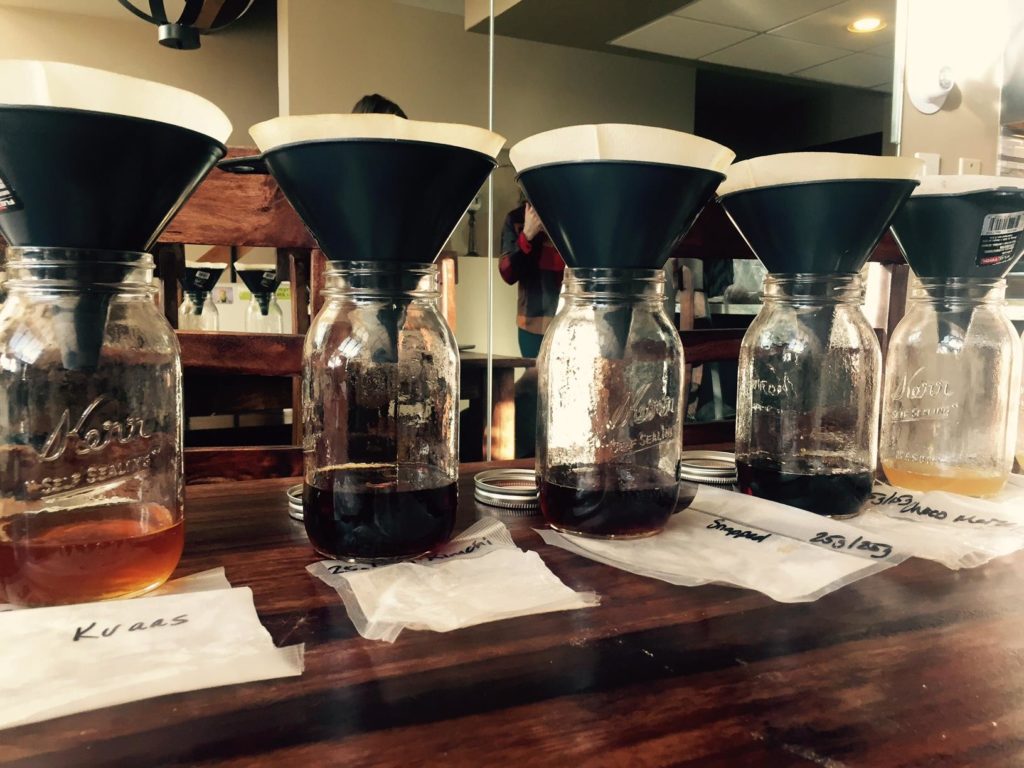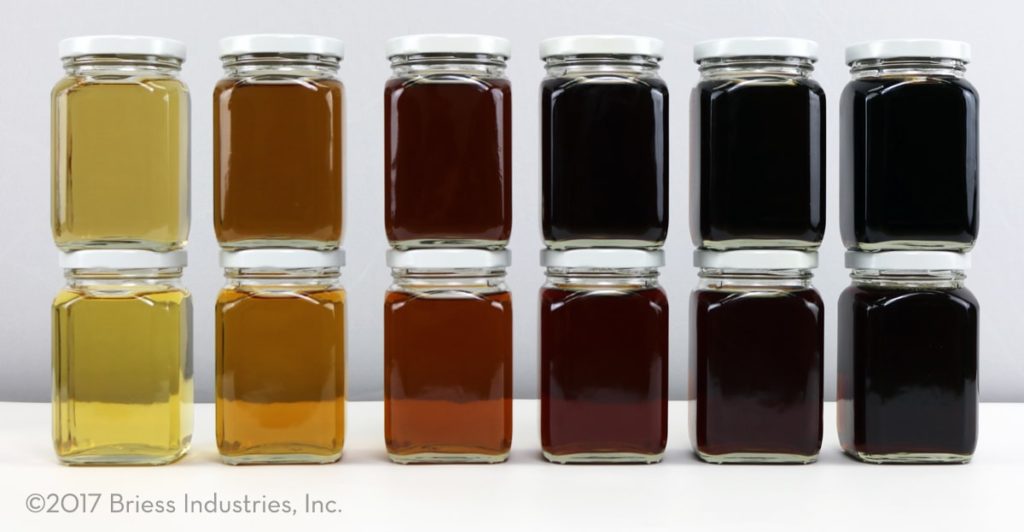
Recently I had the opportunity to travel with Penny Pickart to New Glarus Brewing and perform Malt Sensory Training. It was an intimate class with about seven attendees from the brewery’s operations, quality, and sensory evaluation teams. I introduced the group to the Hot Steep Method (HSM), explaining how this method provided more insight to a malt’s flavor beyond a whole kernel chew test. In the whole kernel chew test, a taster can determine if the malt is fresh and crisp or if it is stale and slack. However, the perceived flavors from the whole kernel chew test do not accurately reflect the extractable flavors that a malt will contribute to wort. The HSM gives brewers the opportunity to taste a malt in a way that is more relevant to the context of beer.

New Glarus is fortunate enough to be able to perform nano brews with malts they are considering for their beers. They use approximately one-liter batch sizes to bring a new malt to the final beer state for testing and sampling. However, the HSM illustrated how they could narrow the selection of possible malts down prior to nano-brewing. For example, if a dozen new malts are being considered for evaluation via nano-brews (which are time-consuming), the HSM procedure can help to narrow down the malt candidates to fewer samples. This increases efficiency as the HSM only requires approximately 30 minutes to complete.
A very common response I get when performing the HSM training is that the whole kernel malt flavor and extractable malt flavor can be quite different, especially for specialty malts. I always enjoy these types of outings and educating brewers and homebrewers about practical malt sensory methods that anyone can perform with minimal investment.


